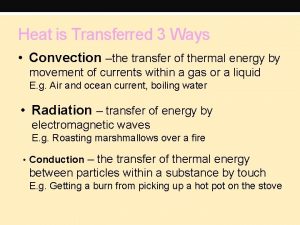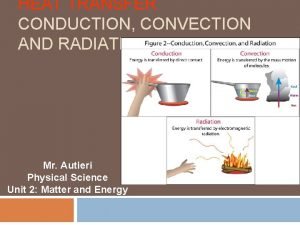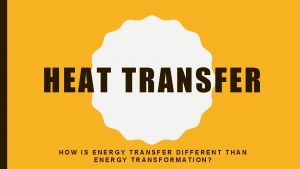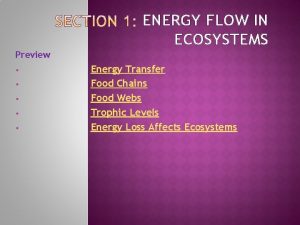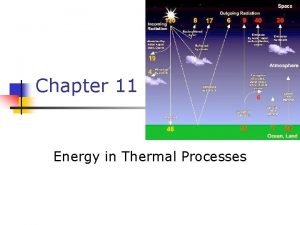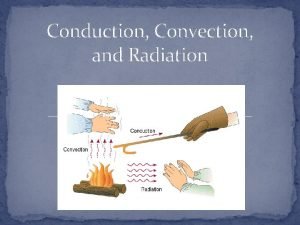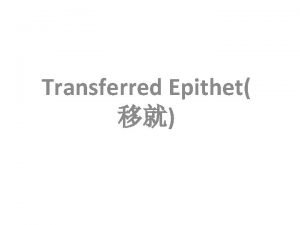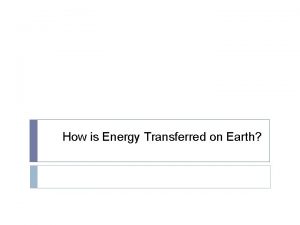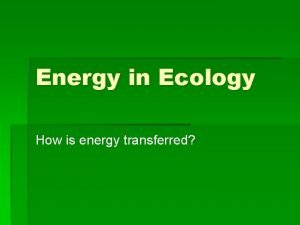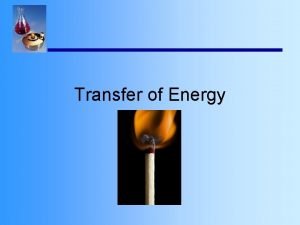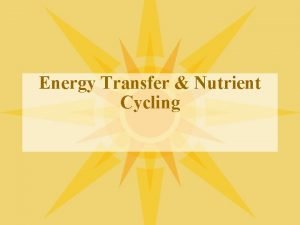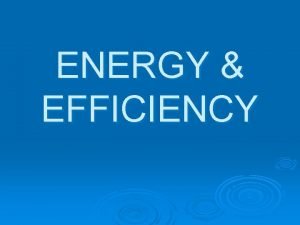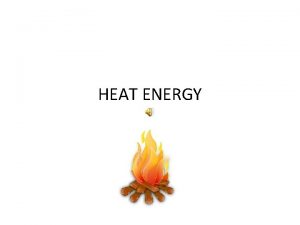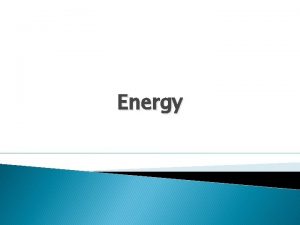Energy is transferred on earth in 3 ways












- Slides: 12

Energy is transferred on earth in 3 ways: through surface currents, deep sea currents, and wind…

Ocean currents are in same direction as the wind – they become circular due to currents hitting land masses http: //library. thinkquest. org/C 0112425/image /children/wind_map. jpg

Why do our surface currents run in opposite directions? If the Earth did not rotate and remained stationary, the atmosphere would circulate between the poles (high pressure areas) and the equator (a low pressure area) in a simple back-andforth pattern. But because the Earth rotates, circulating air is deflected. Instead of circulating in a straight pattern, the air deflects toward the right in the Northern Hemisphere and toward the left in the Southern Hemisphere, resulting in curved paths. This is called THE CORIOLIS EFFECT

The winds drag on the earths surface, forming our now well known gyres and the GOCB… Why is there no current at the Arctic?

Ekman Spiral (Vagn Walfrid Ekman – Mathematician) • Theorized in 1902 • When surface molecules moved by the wind, they drag deeper molecules with… • Friction causes dragging on lower water molecules which move also but at a slower pace, creating a spiral effect • The movement ceases at a depth of 100 m below the surface

El Nino and The Southern Oscillation: (ENSO) What is El Nino? The “Christ Child” – the warming of the Eastern Pacific that occurs every 2 or 10 years and lasts up to 2 years. Begins at Christmas. . Originally was thought to be just surface current… but now understood to be much more. Scientists still do not understand HOW it happens but can explain WHY…

The Walker Circulation: Normal model of airflow in the Pacific Near Australia: Low Pressure system, warm air and ocean brought across Pacific… Sea levels up to 1 m higher and much warmer Warm air rises and flows at high altitudes back across Pacific to descend and start cycle again… What is happening to thermocline?

El Nino: Reverse of the oceanic conditions… The Southern Oscillation: Reverse of the atmospheric conditions Together they form ENSO: The complete reverse of the Walker Cycle

ENSO vs. Walker ENSO: the anomaly of a band of sea surface temperatures (SSTs) that are warm in east or cooler in the western Pacific due to shifting atmospheric and oceanic circulation…

La Nina Intensification of normal walker conditions……. • Low pressure over south East Asia is even lower causing flooding • High pressure in South America is even higher – Dry conditions in South America causes drought • Stronger trade winds increase sea level in South East Asia andtronger upwelling of equatorial current • Unusual rainfall in Sahel, Africa

El Nino and La Nina causes huge problems because… • They are difficult to accurately predict • They affect all parts of the globe, not only the Pacific • Some poorer countries do not have resources to cope with weather changes • Indirect impacts on other parts of the world through trade and aid.

ENSO causes extreme weather conditions in many parts of the world. • Find a world map from the internet, copy and paste it into Powerpoint • Annotate the map using p 141 Figure 6. 10 to understand the impacts of El Nino across the planet. • Save it in your ‘Oceans’ folder to study from.
 3 ways to transfer heat
3 ways to transfer heat Radiation heat transfer
Radiation heat transfer How does heat energy flow
How does heat energy flow Heat moves from
Heat moves from Food diagram
Food diagram Formula for energy transfer
Formula for energy transfer Calculating trophic efficiency
Calculating trophic efficiency Whats conduction convection and radiation
Whats conduction convection and radiation During conduction, thermal energy is transferred
During conduction, thermal energy is transferred Gods ways are not our ways
Gods ways are not our ways 282 ways to pass the earth science regents
282 ways to pass the earth science regents Three different ways humans regionalize the earth
Three different ways humans regionalize the earth Energy energy transfer and general energy analysis
Energy energy transfer and general energy analysis
